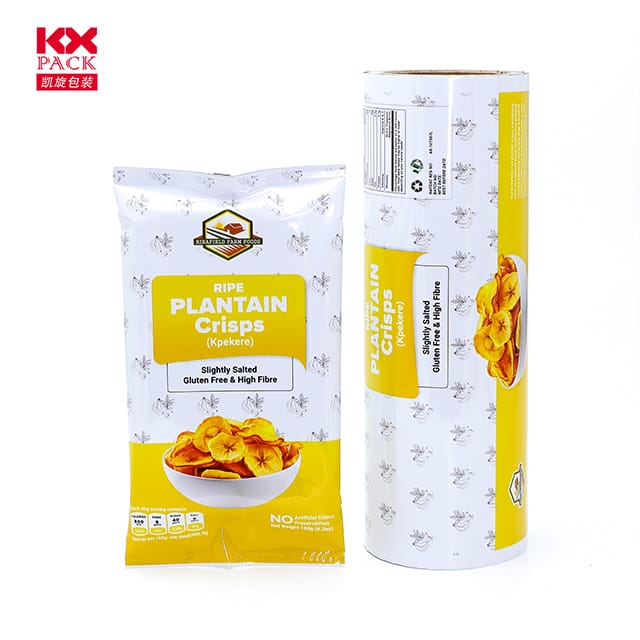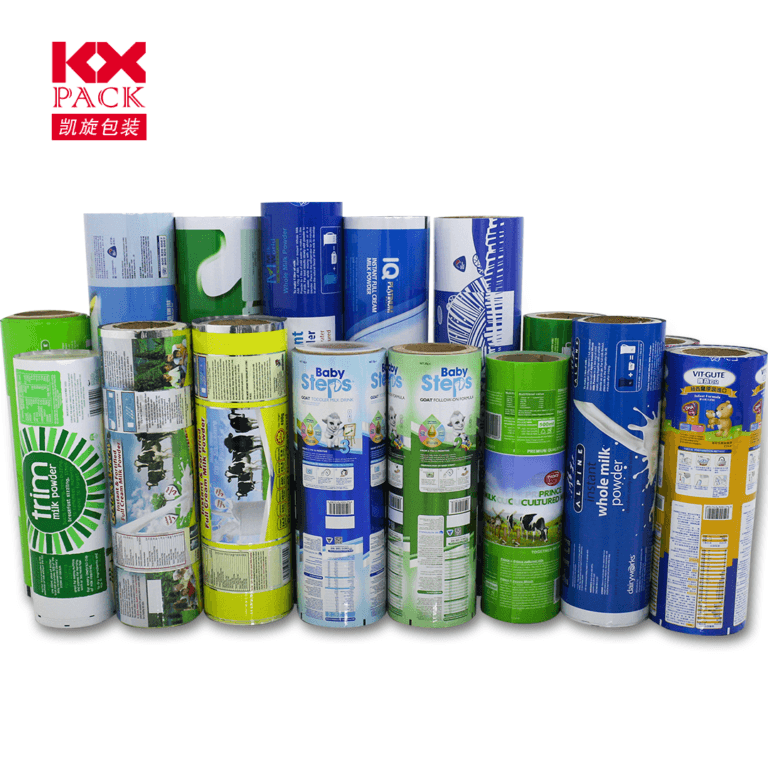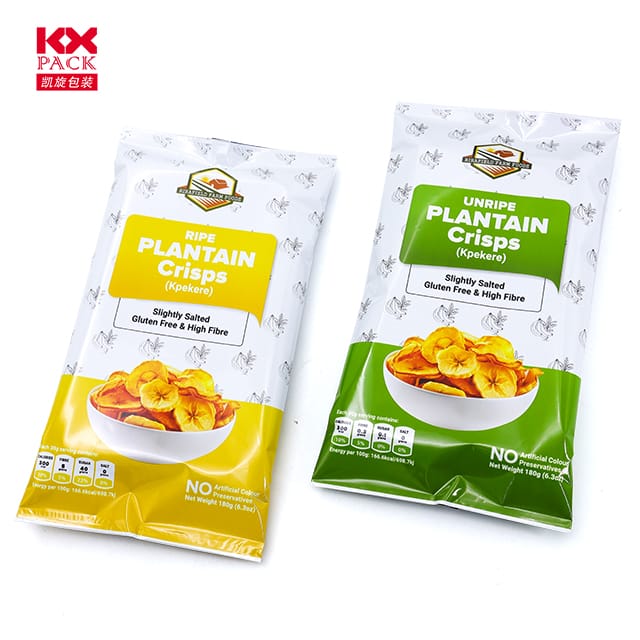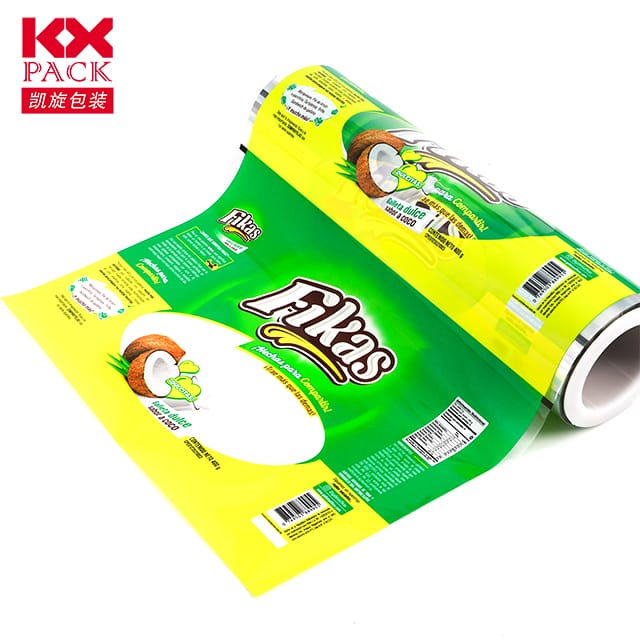Evolucioni dhe ndikimi i filmit plastik: Nga inovacioni në qëndrueshmëri (3) Sfidat
Film plastik
Plastic film, një material i gjithanshëm por shpesh i nënvlerësuar, përshkon jetën moderne në mënyra të panumërta. Nga paketimi i ushqimit dhe mbrojtja e të lashtave deri tek rritja e pajisjeve mjekësore dhe izolimi i ndërtesave, Qëndrueshmëria dhe efektiviteti i saj i lehtë e kanë bërë atë të domosdoshëm. Megjithatë, Ndërsa shqetësimet mjedisore montohen, Industria e filmit plastik përballet me një pikë kthese kritike: balancing innovation with sustainability.
A Multifaceted Marvel: Aplikime nëpër industri
Plastic film’s adaptability stems from its composition—typically polyethylene (PE), polipropileni (PP), ose polivinil klorur (PVC)—which can be tailored for specific uses:
- Paketimi i ushqimit: Filma me shtrirje, cling wraps, and vacuum-sealed pouches extend shelf life and reduce waste.
- Bujqësi: Mulch films conserve water, suppress weeds, and boost crop yields by up to 30% in arid regions.
- Kujdes shëndetësor: Sterile wraps for surgical instruments and blister packs for pharmaceuticals ensure safety and hygiene.
- Ndërtimi: Vapor barriers and shrink films protect buildings from moisture during construction.
The global plastic film market, i vlerësuar në$160 miliardë në 2023, parashikohet të rritet në 4.5% annually, driven by emerging economies and e-commerce packaging demands.
Ngatërresa mjedisore: Një shpatë me dy tehe
Despite its utility, plastic film’s environmental footprint is undeniable:
- Waste Accumulation: Single-use plastic films, such as shopping bags and food wraps, account for20% të ndotjes plastike detare, entangling wildlife and microplastics infiltrating ecosystems.
- Recycling Hurdles: I hollë, multi-layered films are difficult to sort and process, with recycling rates hovering around5–15% in developed nations.
- Microplastic Threat: Fragmented films release tiny particles into soil and water, posing risks to human health through the food chain.
Presione rregullatore, such as the EU’sDirektiva e plastikës për një përdorim and China’s ban on non-degradable bags, are forcing industries to rethink plastic film’s role.
Pioneering Solutions for a Circular Future
To address these challenges, manufacturers and innovators are exploring sustainable alternatives:
- Filma të biodegradueshëm dhe kompostueshëm:
- Materials like PLA (acid polylaktik), që rrjedh nga niseshte misri, and PBAT (polybutylene adipate terephthalate) offer eco-friendly options. Markat siNatureWorks dheBASHF are scaling production.
- Studim i rastit: A UK supermarket chain replaced conventional bags with compostable PLA films, reducing plastic waste by 40%.
- Teknologji të përparuara të riciklimit:
- Chemical recycling breaks down mixed plastics into raw materials, enabling closed-loop systems.
- Mechanical recycling upgrades post-consumer films into pallet wraps or construction materials.
- Reusable and Thinner Alternatives:
- High-barrier, recyclable mono-material films (P.sh., PE-only packaging) simplify recycling.
- Risitë siedible seaweed-based coatings for fresh produce could eliminate single-use wraps entirely.
Industry Collaboration and Policy Drivers
Governments and corporations are aligning to accelerate change:
- Përgjegjësia e zgjatur e prodhuesit (EPR) schemes in the EU and U.S. mandate brands to fund recycling infrastructure.
- Corporate Commitments: Unilever, Nestlé, and Walmart aim to use 100% recyclable or reusable packaging by 2025, driving demand for sustainable films.
- Agricultural Innovations: Biodegradable mulch films, tested in India and the U.S., decompose within 180 ditë, reducing soil contamination.
Rruga përpara: Balancing Progress and Planet
The future of plastic film hinges on three pillars:
- Risi materiale: Scaling bio-based and recyclable alternatives without compromising performance.
- Dizajni rrethor: Prioritizing reusability, Riciklabëri, and compostability in product development.
- Angazhimi i Konsumatorit: Educating the public on proper disposal and advocating for reuse systems.
As technologies mature and policies tighten, plastic film could transition from a symbol of environmental harm to a beacon of sustainable innovation. The challenge lies not in abandoning this versatile material, but in reimagining its lifecycle—from linear waste to circular resource.
Burime: Smithers Pira, Fondacioni Ellen MacArthur, Industry Reports 2024
konkluzioni: Plastic film, once a hallmark of convenience, now stands at a crossroads. Duke përqafuar inovacionin, bashkëpunim, dhe administrimi mjedisor, the industry can safeguard both human needs and the planet’s future. The journey has begun—will we rise to the challenge?







